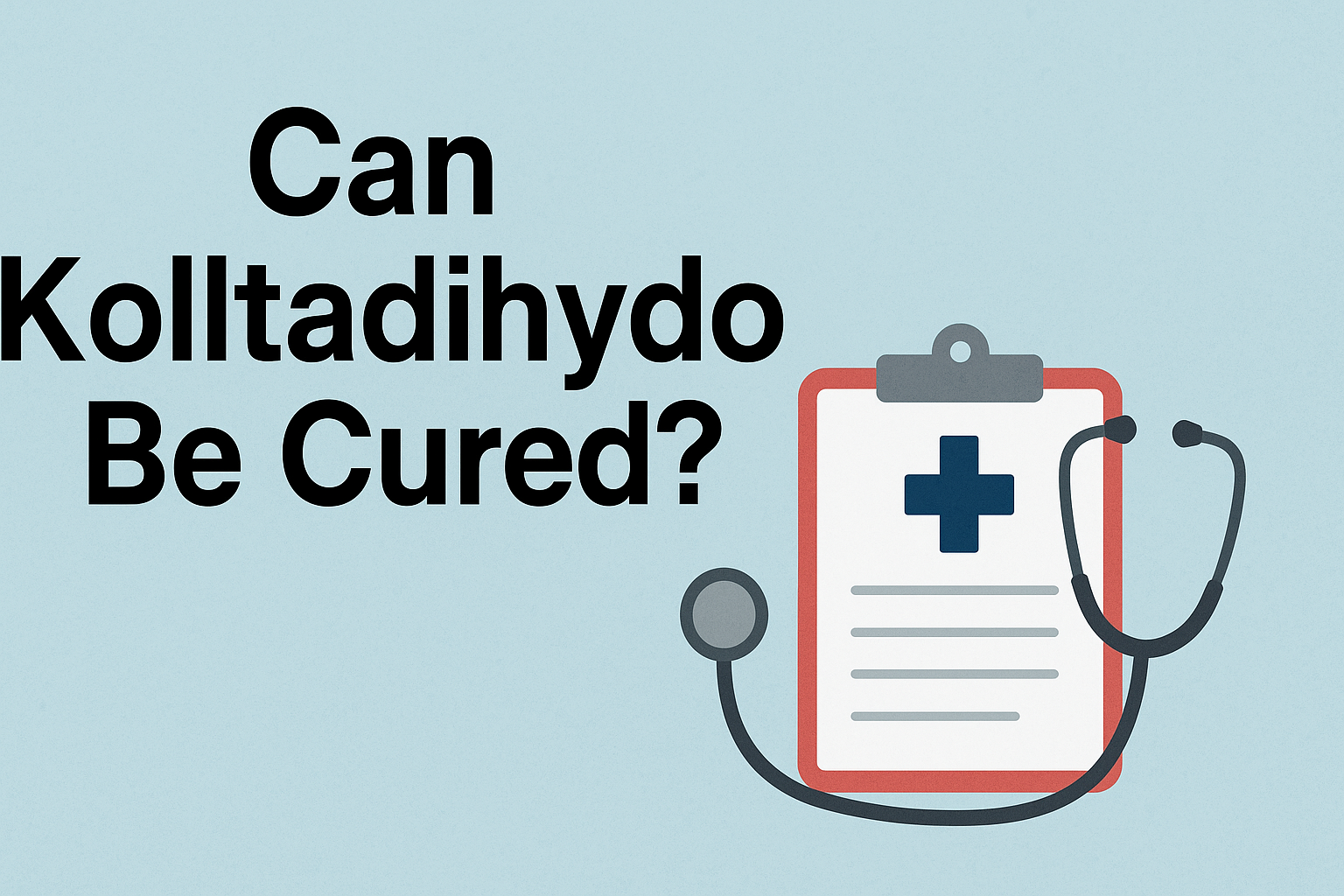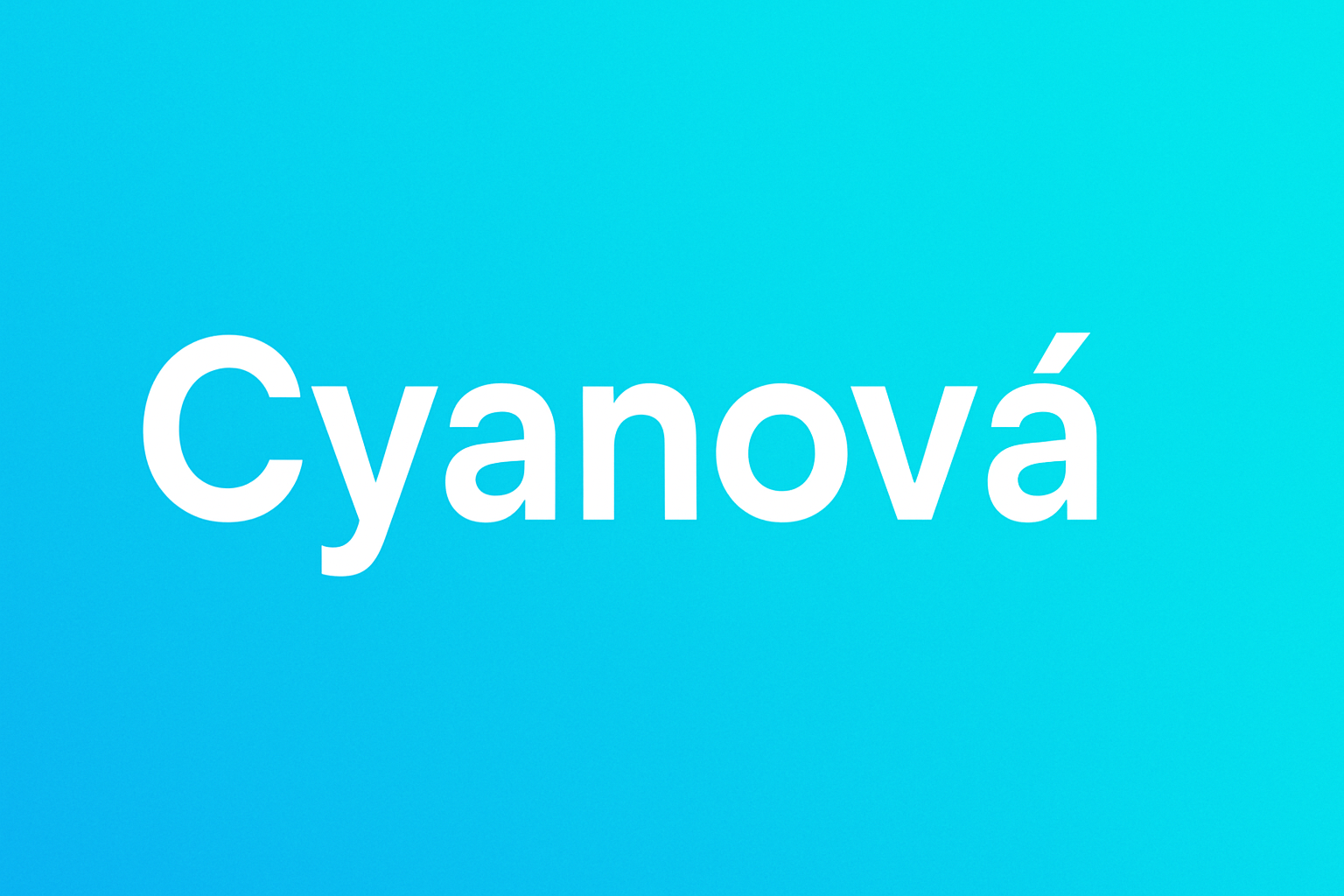Can Kolltadihydo Be Cured? Exploring Causes, Treatments, and Hope

Kolltadihydo is a medical condition that has intrigued both patients and healthcare professionals due to its rare occurrence and complex symptoms. Many people diagnosed with this condition often ask, “Can Kolltadihydo be cured?” Understanding the answer requires a deep look into what Kolltadihydo is, its causes, symptoms, treatment options, and the ongoing research aimed at finding a definitive cure. This article will provide a comprehensive overview for anyone seeking clarity about this condition.
Understanding Kolltadihydo
Kolltadihydo is not widely known in mainstream medical literature, which often makes patients feel uncertain or anxious about their diagnosis. It is a condition that affects specific bodily systems and can lead to chronic discomfort if not managed properly. The symptoms may vary depending on the individual, but common manifestations include persistent fatigue, localized pain, and occasional disruptions in normal physiological functions.
While it is not life-threatening in most cases, Kolltadihydo can significantly impact the quality of life. The rare nature of this condition has led researchers to investigate its underlying mechanisms more closely. Early diagnosis is often challenging, which makes awareness and education about the condition even more critical.
Causes and Risk Factors
The exact causes of Kolltadihydo are still under investigation, and experts believe it results from a combination of genetic, environmental, and lifestyle factors. Some potential contributing elements include:
-
Genetic Predisposition: Studies suggest that certain genes may make an individual more susceptible to developing Kolltadihydo. Families with a history of similar symptoms may have a higher likelihood of occurrence.
-
Environmental Factors: Exposure to specific toxins or prolonged stress may trigger or exacerbate the condition.
-
Lifestyle Choices: Poor diet, lack of exercise, and inadequate sleep may contribute to the severity of symptoms.
Identifying these factors in each patient is crucial for creating a personalized approach to treatment and management. While the exact mechanisms are still being researched, awareness of these risk factors can help patients take proactive steps to manage their health.
Symptoms of Kolltadihydo
The symptoms of Kolltadihydo can range from mild to severe, depending on the individual and the progression of the condition. Some of the most commonly reported symptoms include:
-
Persistent fatigue and low energy levels
-
Chronic pain in specific areas of the body
-
Occasional digestive disturbances
-
Mental fatigue, anxiety, or stress-related issues
-
Difficulty in performing routine physical activities
Because these symptoms are often similar to those of other conditions, diagnosis can be challenging. It is essential for patients to maintain detailed records of their symptoms and consult healthcare professionals who are familiar with rare disorders.
Can Kolltadihydo Be Cured?
The central question on everyone’s mind is, “Can Kolltadihydo be cured?” Currently, there is no universally accepted permanent cure for Kolltadihydo. However, many patients have experienced significant relief and improvement in their quality of life through proper management strategies.
Medical Treatments
Doctors often recommend medications to control symptoms and prevent further complications. These may include pain relievers, anti-inflammatory drugs, or medications aimed at improving specific bodily functions affected by Kolltadihydo. Each patient’s response to medication may vary, so careful monitoring and adjustments are essential.
Lifestyle Modifications
Lifestyle changes play a critical role in managing Kolltadihydo. Maintaining a balanced diet, exercising regularly, and ensuring adequate sleep can help reduce the severity of symptoms. Stress management techniques, such as meditation or yoga, may also be beneficial. These strategies do not cure the condition but can improve daily functioning and overall well-being.
Therapies and Support
Certain therapies, including physical therapy, occupational therapy, and counseling, can help patients manage the physical and emotional aspects of Kolltadihydo. Support groups and patient communities can also provide valuable resources and encouragement, helping individuals navigate their journey more effectively.
Ongoing Research and Future Possibilities
While a permanent cure for Kolltadihydo does not currently exist, researchers are actively exploring new treatment options. Advancements in genetics, immunology, and personalized medicine offer hope for future breakthroughs. Clinical trials are underway to identify therapies that target the root causes of the condition rather than just managing symptoms.
Emerging research also emphasizes the importance of early detection. Identifying Kolltadihydo at an early stage may allow for interventions that slow progression, improve quality of life, and potentially lead to more effective long-term solutions.
Coping Strategies for Patients
Living with Kolltadihydo can be challenging, but several strategies can help patients cope effectively:
-
Education: Understanding the condition and its potential progression can reduce anxiety and empower patients to make informed decisions.
-
Routine Monitoring: Regular check-ups with healthcare providers ensure that symptoms are managed proactively.
-
Mental Health Support: Coping with chronic conditions can be stressful. Counseling or therapy can provide emotional support.
-
Community Engagement: Connecting with others facing similar challenges can offer encouragement and practical advice.
By combining medical treatments with lifestyle adjustments and support systems, patients can achieve a balanced and fulfilling life despite the challenges of Kolltadihydo.
Conclusion
The question “Can Kolltadihydo be cured?” does not have a simple yes or no answer. At present, there is no definitive cure, but effective management strategies exist that can significantly improve the lives of those affected. Early diagnosis, appropriate medical care, lifestyle adjustments, and emotional support are key to managing the condition successfully.
Read also: Kasselladiesmarkt – The Ultimate Women’s Market Experience in Kassel
As research continues, there is hope that future advancements will provide more targeted treatments and potentially a permanent cure. For now, patients should focus on proactive care and informed decision-making to ensure the best possible outcomes.
Understanding Kolltadihydo and staying informed about developments in treatment are essential steps for anyone affected by this condition. With the right approach, patients can lead a meaningful, active, and fulfilling life.



